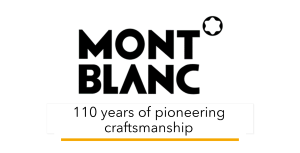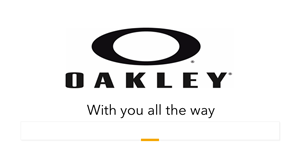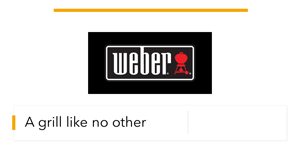News Analysis: What ISO Has to Do With Rewards and Recognition
- A Focus on Research and Best Practices
- What the Research Suggests - It's Both Extrinsic and Intrinsic
Someone in the business of supplying rewards & recognition to customers might wonder what the ISO Quality Management Principles or the potential for worldwide standards for engagement have to do with their profession. The answer: a lot. ISO’s Quality Management Principles already provide a disruptive prescription for the traditional implementation of leadership, assessment, communication, learning, innovation and analytics, and they also do as much for rewards & recognition.
The quest to maintain sustainable innovation, quality and service requires a focus on applying research-based practices to integrating all the elements of engagement that get siloed in most organizations. As more organizations begin to apply the ISO Quality Management Principles and/or the Enterprise Engagement Alliance Framework, they will need executives who understand the various tools of engagement (as marketers must in their field) and have a knowledge of the research and best practices.
What is disruptive to traditional practices is that the prescription for organizational success requires a better integration of engagement across the organization, including customers, distribution partners, employees, suppliers, communities and shareholders. In addition, it also requires a better integration and alignment of traditional engagement tactics, from leadership coaching, assessment and communication to innovation, rewards & recognition and analytics.
Readers of the ISO Quality Management Principles will see multiple references that support the use of rewards & recognition as part of overall processes that address all the levers of engagement. At the same time, any such standards related to rewards & recognition should address the science behind non-cash awards that many program planners ignore today.
The ISO Quality Management Principles clearly signal the need for rewards & recognition, but how? Based on the research, rewards & recognition contribute to engagement by supporting the need to communicate, inform, excite and foster fun over the long term. That said, this requires a level of standards most programs don’t meet today. According to the considerable research reviewed for the RRN e-book, The Art and Science of Engaging Rewards, a large number of rewards & recognition programs for consumers, dealers and employees fail to maximize potential results through poor program design. Such programs will achieve the best results when:
- They are part of a formal program design that addresses all the levers of engagement relevant to a situation, which can include leadership, communication, learning and more, and are designed to engage not only top performers but also middle performers.
- They are selected to be clearly distinguished from compensation or pricing to provide sincere recognition to customers in a memorable way, just as we do with friends and family.
- They address both extrinsic and intrinsic motivation by being carefully selected and presented, and not just a retail commodity or a quid pro quo.
- They are thoughtfully personalized and customized so that the rewards are also an experience that creates a buzz in the home and office to foster fun and communicate key organizational values.
Research suggests that the extra boost rewards & recognition can provide is not just a short-term result, but a long-term advantage if the programs are properly designed. Failure to do so can lead to poor behavior, as Wells Fargo discovered with its recent incentive program design.
Despite a dozen years of research and experience to the contrary, most rewards & recognition programs do not meet the standards suggested by the research. Many are “do this, get that” quick-fix programs designed to hit a short-term goal and are not part of an organization’s formal culture or internal marketing strategy. Most rewards are not creatively merchandised and presented on the online catalogs (many companies hope for breakage – i.e., unredeemed rewards); the presentation and delivery generally are equivalent to retail with no personalization or thank-you letters included; and little thought is given to how to create experiences people will never forget. This demands more expertise and costs a little more, but people in the advertising field wouldn’t dare let their brands’ strategies get commoditized as planners often do in the rewards & recognition field. The one-on-one experience of reward programs is a unique opportunity to forge closer bonds with people key to your organization.
The rewards & recognition industry is in the surprising position where serious research and common sense push for a level of sophistication and creativity that has been largely overlooked, while in the world of advertising it’s second nature. A more scientific approach requires planners and salespeople equipped with the knowledge to design and run effective programs. That, in turn, requires creative people with the ability to design truly engaging reward programs.
The Rewards & Recognition University and Expo, April 18-20 in Chicago, is all about helping organizations profit from the science behind the proper use of rewards and recognition.
Article Sponsor
Reward your best, with Bulova’s best
VP, Corporate Sales
350 5th Ave 29th Floor
New York, NY 10118
Office: 212-497-1920

















